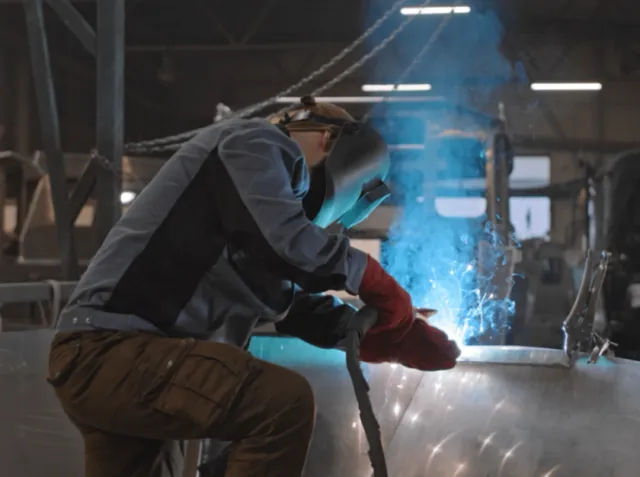
We’re Here for You
Contact Us for a Free Case Evaluation
Our team is ready to listen day or night – 7 days a week, so contact us now to see how we can help you on the road to recovery.

Blue-collared workers perform labor-intensive jobs and typically work with their hands. Many jobs classified as “blue collar” require skilled personnel who are formally trained and certified. The skills necessary for blue-collared work vary by occupation. Common blue-collar jobs include construction, assembly, maintenance, mining, and renovation. No matter which occupation, blue collared personnel work hard to build America’s future. This line of work comes with very real physical and health hazards. However, there are ways to lower the risks.
Work-related injuries are highly common. Did you know that work-related illness and injuries resulted in twenty-six million lost working days in 2011? Or that 1.2 million working people were suffering from a work-related illness from 2010-2011? Hazards exist in every workplace in many different forms. The Occupational Safety and Health Administration (OSHA) requires employers to protect their employees from workplace hazards that can cause injury.
Examples of physical hazards include:
Examples of health hazards include:
Here are a few suggestions to protect yourself from an injury at work:
Blue-collared workers must be extra careful to use proper precautionary measures and wear personal protective equipment, commonly referred to as “PPE”. PPE is equipment worn to minimize exposure to a variety of hazards.
These forms of equipment are:
We hope that you consider these guidelines to reduce your risk of physical pain and lost wages from missed work. If you are suffering from a work-related injury, and you don’t feel as though you’re being treated fairly by your employer, please consider contacting a Rutter Mills Workers’ Compensation Attorney for a free consultation. We can help you to seek the compensation you deserve for you injuries.
A Rutter Mills case is a serious case. It may mean you have been badly injured. It certainly means you have a lot on the line, and the resolution of your case will make a big difference to you, your family, and your life moving forward.
Contact Us for a Free Case Evaluation
Our team is ready to listen day or night – 7 days a week, so contact us now to see how we can help you on the road to recovery.


